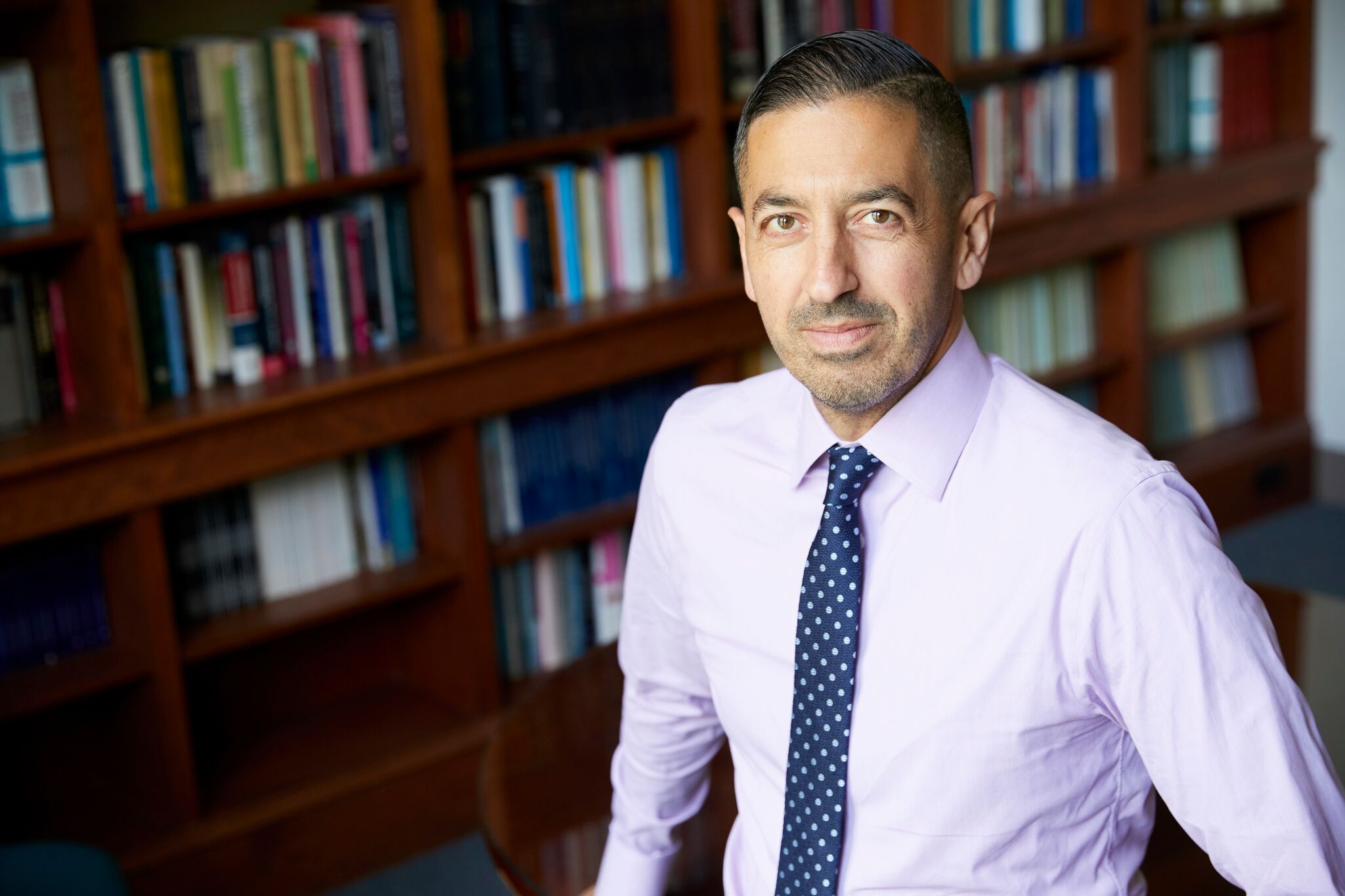*A version of this piece appeared in WBUR’s Cognoscenti.
Harvey is no longer classified as a hurricane, but the destruction caused by the storm continues to unfold. In recent days, parts of Houston, Texas have been hit with as many as 30 inches of rain. Nearby cities and towns have been overwhelmed by floodwaters, as swollen lakes and rivers have spilled into surrounding communities. As many as six people have died because of Harvey — that figure is expected to rise — and officials say that over 30,000 people may need to be housed in temporary shelters. The National Weather Service has emphasized the unprecedented nature of the storm, tweeting that it is “beyond anything experienced.”
While it is certainly true that we are not used to seeing devastation on this scale, Harvey is just the latest in a long line of big hurricanes that have struck the US in late August. From Andrew to Katrina, we are sadly familiar with the timing of such events. Past experience teaches us that there will be a period of intense media focus on the disaster, an outpouring of donations as Americans mobilize their generosity to help those affected, then, after about a week, a gradual fading of attention, leaving survivors to ask: now what?
There is a wide body of research that answers this question. The mental and physical health effects of disasters take the form of a range of short- and long-term health consequences. Indeed, the initial loss of life, property damage, interruption of services, and monetary loss caused by large-scale traumatic events like hurricanes tend to be only “the tip of the iceberg” when it comes to the true cost of these occurrences. While death and physical injury are the most immediate markers of a storm’s human toll, often occurring within minutes of the event’s onset, the mental health effects of disasters, though less obviously apparent, often leave the more lasting wound. Epidemiological studies found that up to half of those who are directly in a storm’s path, who lose possessions or are injured may develop Post-Traumatic Stress Disorder (PTSD); one in ten of everyone in the general affected area may also develop PTSD. Depression and substance use may also be more common after disasters than they were before; in particular, alcohol and substance use disorders, which tend to be more prevalent among men, represent a frequently used coping mechanism after disasters. After September 11, 2001, for example, use of alcohol, cigarettes, and drugs increased in New York City. Risk factors that can exacerbate poor post-hurricane health include ongoing stressors, low social support, and financial strain.
How can we best protect health, when disaster strikes? We tend to read much about individual resilience and the role that has in disaster recovery. While stories of individual courage and resilience indeed have a place, it is becoming ever-clearer that our social, economic, and environmental context play an even more central role in determining our capacity to bounce back following destructive events. The strength of a society’s fabric — whether it is healthy to begin with, before disasters occur — can help predict how well that society will be able to absorb the effects of a large-scale traumatic event. Community social capital can contribute to individual resilience. A flexible, well-funded health system is essential to help us cope with disaster and its aftermath, to quickly restore individuals to functional lives. Communities. And centrally poverty and marginalization create the conditions for lingering trauma long after the storm has dissipated and our national focus has turned elsewhere suggesting the need As past disasters have made tragically clear, it is often the poor and the marginalized who suffer most when these events take place. Factors like immigrant and minority status, English language proficiency, and living in high-density housing can all amplify the pain of events like storms, floods, and fires. These vulnerable groups deserve extra attention as we work to shore up the social capital and public infrastructure necessary to protect our communities before the next disaster strikes. Indeed, it is investment in improving conditions for poor populations, for minorities, for the sick and the old if we are to avoid repeating the scenes we saw during Katrina and those we presently see in Texas.
The agencies specifically tasked with protecting us from extreme-weather events play an enormous role in helping communities to cope with disasters. The Trump administration’s proposed budget cuts to FEMA and NOAA are disheartening in this regard. Hopefully, the experience of Harvey will cause the President and his team to reconsider their position, as well as their denial of the global climate change that has done so much to cause unprecedented storms like the one we have just seen. While the government cannot, of course, prevent storms from occurring, it can provide the resources and the leadership necessary to foster resilience in populations and spotlight the vulnerable groups who are most at-risk when disasters like Harvey strike.
Sandro Galea is a professor and Dean of Boston University School of Public Health. His book, Healthier: Fifty thoughts on the foundations of population health, was published in June. Follow him on Twitter: @sandrogalea.
Originally published at journal.thriveglobal.com


